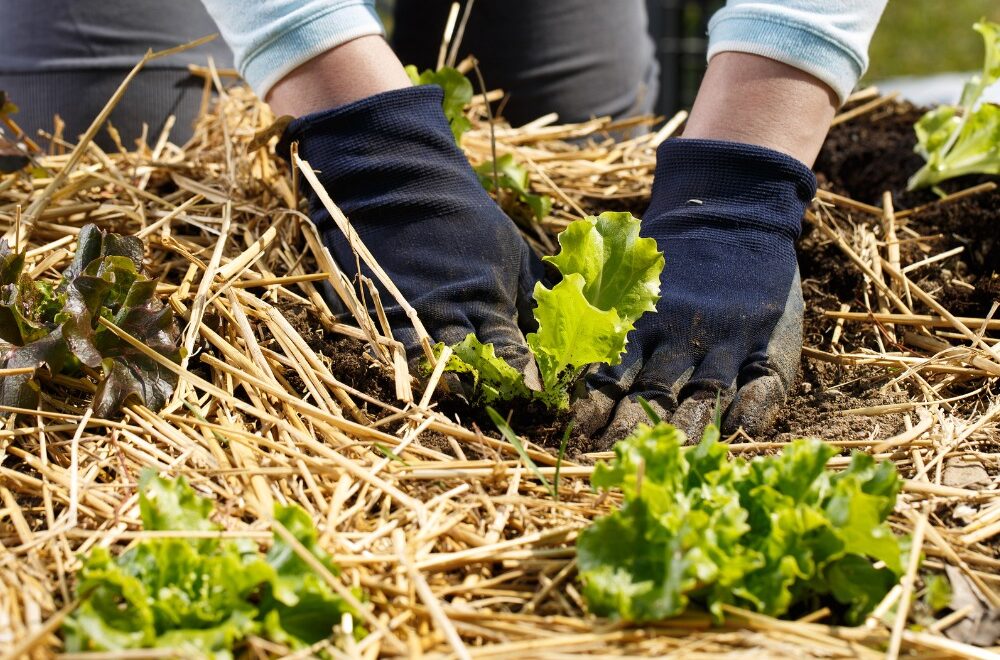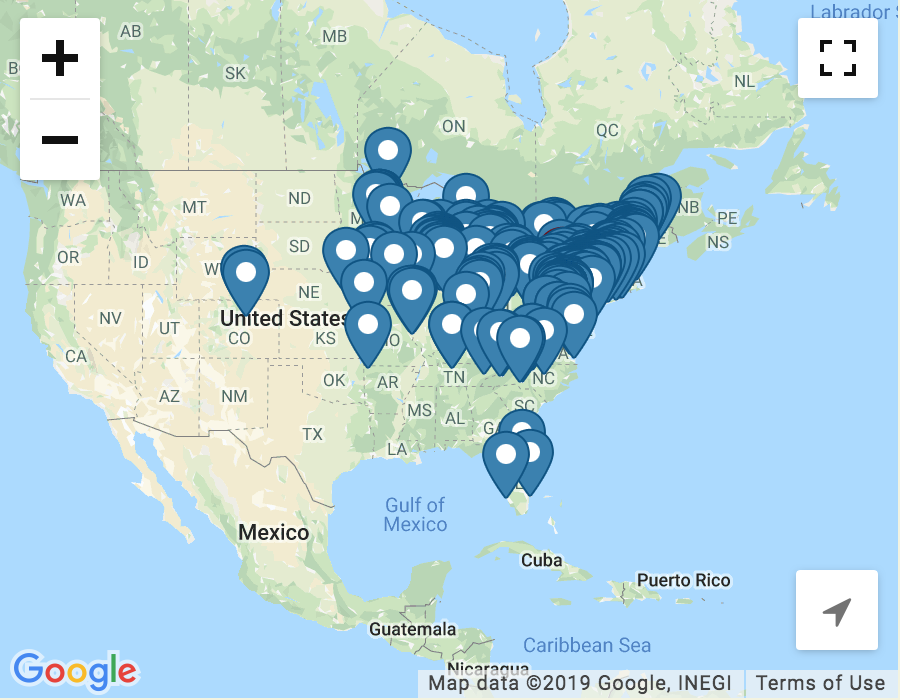Thanks to wildfires, historic reservoir shortages and large-scale crop losses, we are all more aware of the impacts of ongoing drought conditions and water restrictions in the U.S. And with El Niño conditions officially present, according to Climate.gov, we’ll be seeing temperatures rise globally—likely to historic levels—for the next 1-2 years. Crop and garden irrigation will become even more of a struggle.
Farming and gardening using more natural methods is a smart way to make better use of available water. In fact, regenerative agriculture, whose objectives center on the building of healthy soils, has been shown to conserve and improve water quality. Employing techniques to use water in a wiser manner is more effective growing in general, not just when it is scarce.
The Irrigation Association’s Smart Irrigation Month campaign is a vehicle for promoting waterwise practices in gardens and landscapes in addition to our nation’s lawns. And it’s the best time of year to not only drive home the message of irrigating smarter but to also put these techniques into practice.
We have pulled together some ways you can conserve water in your own garden. Garden smarter so you don’t have to water more often.
Improve Your Soil’s Moisture-Holding Capacity
Compost. Adding compost to regular garden soil improves its structure by creating spaces that hold air and water. In other words, compost helps the soil become lighter and fluffier, and water can hang for a while in that fluff. Soils that are compacted and have too much mineral content have no spaces for the water to go. It’ll either run off and away from the plants or will sit on the soil surface. Compost also adds this space-creating function in potting soils for your container plants.
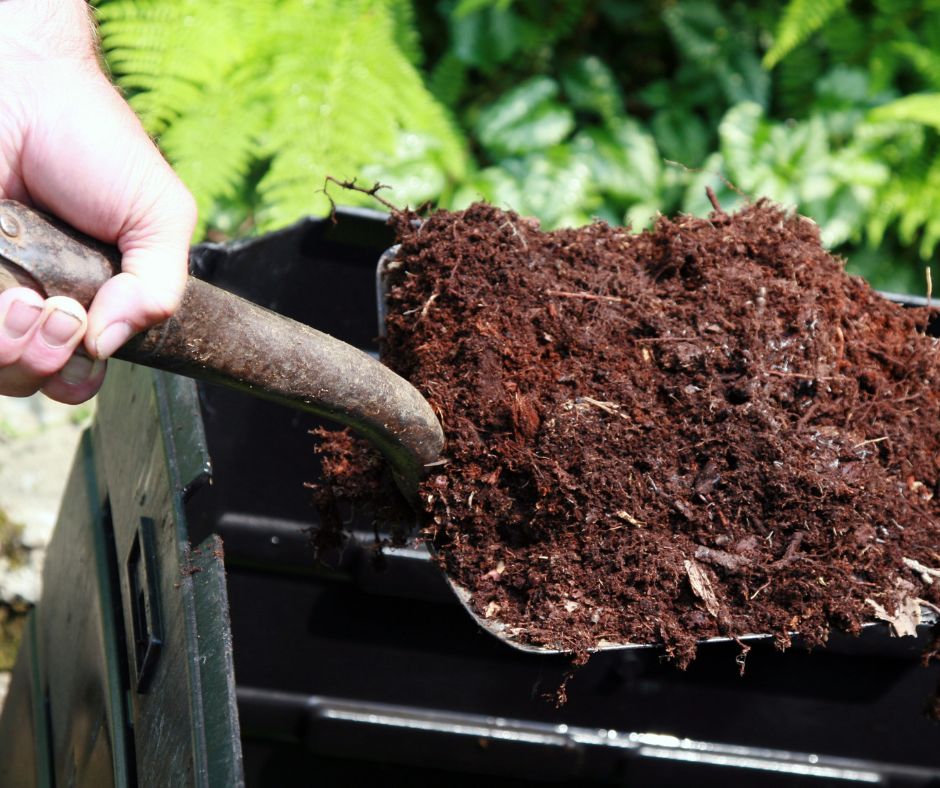
Earthworm castings. The “poop” left behind by earthworms as they live their lives in soils also helps create spaces to hold moisture. Earthworm castings are known to encourage soil microbes, in part from the moisture they contribute with their castings. Plant roots will have a store of water available to them, thanks to either the work of earthworms crawling through your soil or to the castings you add to your garden or potting soils.
Biochar. Biochar is a soil amendment made from organic matter and holds up to 20 times its own weight in water. When incorporated into the root zone Biochar adds even more spaces for retaining air and water, and adds beneficial nutrient holding capacity, among other benefits.

All of our products contain compost and/or earthworm castings, including our Premium Blend Potting Soil and Planting Mix Compost Blend. Mix in the Planting Mix Compost Blend as you dig your plants into your garden beds, and use the Premium Blend as you create your container plantings. Our Biochar Blend can be added to garden soil or container plantings (potting soils).
Mulch. Adding a layer of mulch around your plants will prevent evaporation from the soil’s surface. This helps make more moisture available for your plants. Mulch can be added at any time. One technique for mulching in-ground plantings is to apply a 3-in. layer at planting time to help establish young plants and then add another inch or so halfway through your season to make up for any mulch that is breaking down or washing away. For containers, a layer of Pure Rice Hulls on the soil surface of container plantings can act as a mulch for evaporation prevention (and deter fungus gnats at the same time).
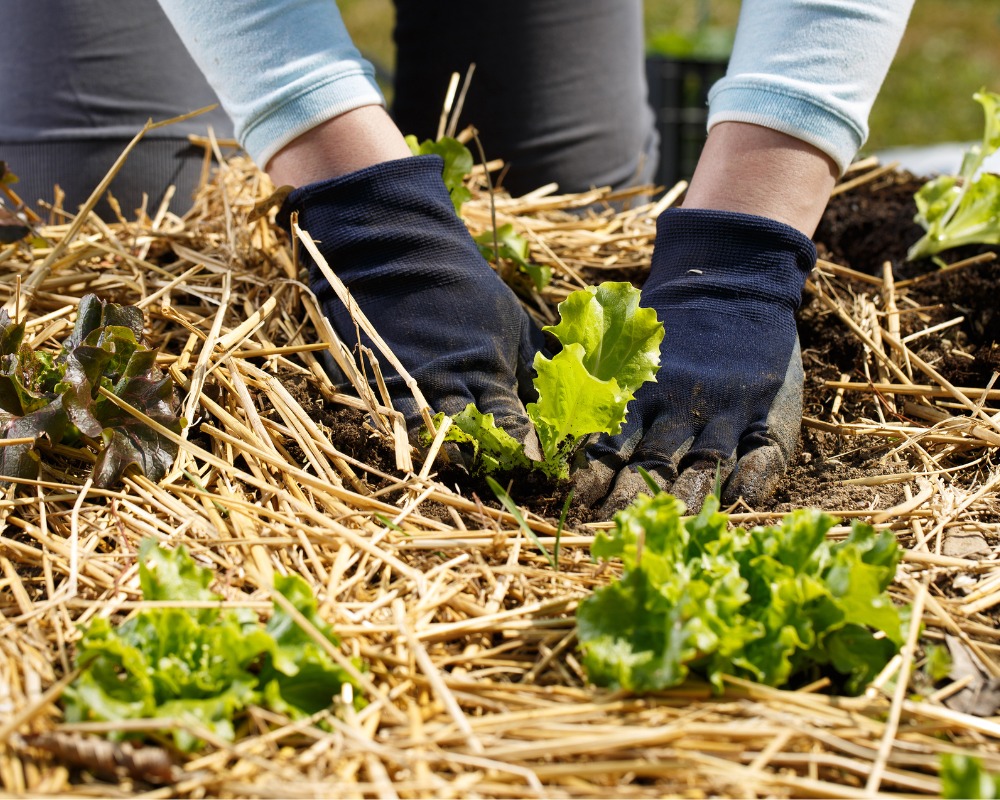
Water-Saving Irrigation Techniques
Improving your soil and mulching are the first of a two-pronged approach to conserving water in your garden. The second approach is to use less. These techniques include:
Water low and slow. Hand watering with a watering can or a nozzle on the end of a hose can be a wasteful endeavor. However, if you are mindful and pay attention to the act of watering, it can be a more efficient process. The secret is to pour the can slowly or turn your nozzle on a low volume and take your time. Direct the flow to the plant’s base so you don’t waste water on the foliage. If you water too quickly or for too long, water will begin to flow away rather than soaking into the soil. Water the base for 10-second increments—count it out to yourself!—and move to the next plant to allow the water to soak into the soil. Come back to the same plant for a total of 30 seconds. As the plants grow during the summer, they’ll need more water. That 30 seconds may become a total of 60 seconds or more per plant. You’ll get a feel for how much your plants need. And because you are allowing the water to soak deep into the soil, you’ll find you won’t have to water as frequently.
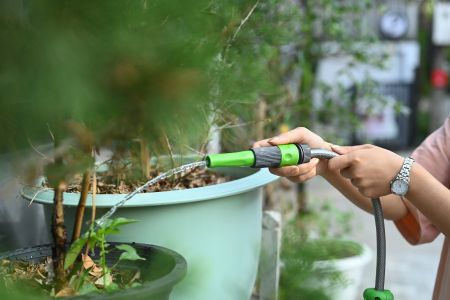
Water in the mornings. Sunlight is less intense in the mornings, and you’ll lose less water due to evaporation. If you can’t water in the morning, water in the early evening with enough time for your plants to dry off. This helps prevent the spread of disease.
Irrigation Tubing. Don’t have time for watering by hand? I hear you! A variety of tubing and soaker hoses can bring the water to your plants for you. Whether it’s drip emitters that go into containers, soaker hose threaded between plants (put it under a mulch layer for even better results), or drip tape that lays flat on the ground, these methods irrigate your plants at the base, not wasting water on the foliage as a sprinkler system would.
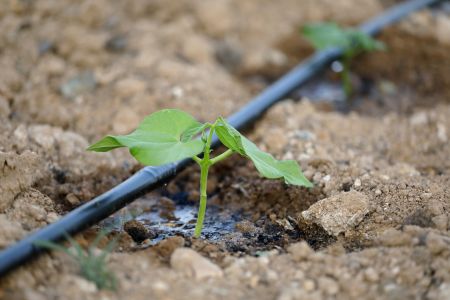
Automatic Timers. Pair your irrigation tubing or tape with an automatic timer and you’ll not have to worry about being around in order to irrigate. This means your garden doesn’t have to hold you back from going away on summer vacation.
Ollas. These clay pots have been used for watering plants for thousands of years. Bury these ollas up to their necks in your garden or container and fill with water. They will slowly release it into the surrounding soil as the soil’s moisture depletes.
Convert lawn to garden. Residential and Commercial lawns are by far the greediest consumer of landscape irrigation, sucking up a whopping 3 trillion of gallons of water annually in the US alone! Converting lawn area into garden area not only reduces irrigation needs, but also converts an ecological desert into an ecological oasis. Choosing native plants to provide host plant resources and act as sources of pollen and nectar helps that oasis bloom!
We each have the responsibility to do what we can to conserve our natural resources. And now that you’re familiar with the water-saving techniques above, you might find your gardens will grow even better.

